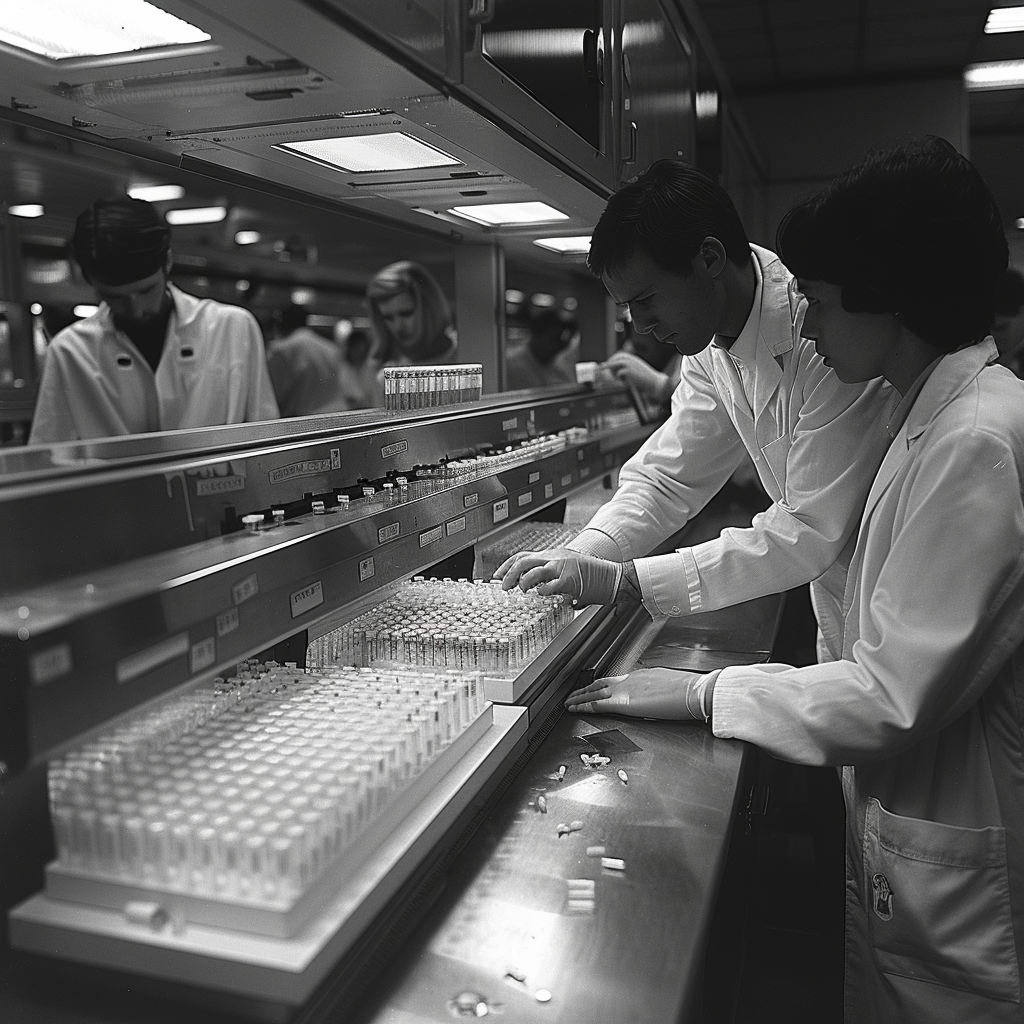The Discovery of the AIDS Virus: A Milestone in Medical History
On April 23, 1984, the world witnessed a significant medical breakthrough that would change the course of modern medicine forever. This was the day when scientists announced the discovery of the virus that causes AIDS, known as the Human Immunodeficiency Virus (HIV). Led by Dr. Robert Gallo and his team, this groundbreaking discovery marked a pivotal moment in the ongoing fight against HIV/AIDS and opened the door for crucial advancements in diagnosis, treatment, and prevention.
The Emergence of the AIDS Epidemic
In the early 1980s, a mysterious and deadly disease began to surface, affecting primarily the gay community in the United States. Initially referred to as Gay-Related Immune Deficiency (GRID), it soon became clear that this disease was not limited to a specific group and could affect anyone, regardless of their sexual orientation. As the number of cases continued to rise, it became evident that this was a global health crisis that demanded urgent attention and scientific investigation.
The Race to Identify the Virus
Amidst the panic and confusion surrounding the AIDS epidemic, scientists around the world raced to unravel the mystery behind this devastating disease. Dr. Robert Gallo, a renowned virologist at the National Cancer Institute, and his team were at the forefront of this pursuit. They were determined to identify the virus responsible for AIDS and understand its mechanisms of transmission and progression.
After years of intensive research, Dr. Gallo and his team made a groundbreaking discovery. On April 23, 1984, they announced that they had successfully isolated and identified the virus that causes AIDS. This virus, later named HIV, was found to attack the immune system, leaving individuals vulnerable to opportunistic infections and cancers.
The Significance of the Discovery
The discovery of the AIDS virus was a game-changer in the fight against HIV/AIDS. It provided scientists with a crucial piece of the puzzle, enabling them to develop diagnostic tests that could detect the presence of the virus in the blood. This breakthrough allowed for early detection and timely intervention, improving the chances of managing the disease and preventing its transmission.
Furthermore, the identification of HIV paved the way for the development of antiretroviral treatments. These medications, known as antiretroviral therapy (ART), have revolutionized the management of HIV/AIDS. ART helps suppress the replication of the virus, allowing individuals living with HIV to lead healthier and longer lives. It has also been instrumental in preventing mother-to-child transmission of the virus during childbirth.
The discovery of the AIDS virus also played a crucial role in advancing our understanding of the epidemiology of HIV/AIDS. Scientists were able to study the transmission patterns of the virus and develop strategies to prevent its spread. This knowledge has been instrumental in shaping public health policies and implementing effective prevention programs worldwide.
The Ongoing Fight Against HIV/AIDS
Despite significant progress in the field of HIV/AIDS research and treatment, the fight against this global epidemic is far from over. HIV continues to affect millions of people worldwide, with new infections occurring every day. The discovery of the virus in 1984 marked the beginning of a long and arduous battle, and it serves as a reminder of the importance of ongoing research, prevention efforts, and access to quality healthcare for all.
In conclusion, the discovery of the AIDS virus on April 23, 1984, was a watershed moment in medical history. It provided scientists with the knowledge and tools needed to combat the HIV/AIDS epidemic. Through the development of diagnostic tests, antiretroviral treatments, and improved epidemiological understanding, this discovery has saved countless lives and transformed the field of modern medicine. However, the fight against HIV/AIDS continues, and it is crucial that we remain committed to finding a cure and ensuring access to care for all those affected by this devastating disease.
SEO Excerpt: On April 23, 1984, scientists announced the discovery of the virus that causes AIDS, known as HIV. This groundbreaking discovery by Dr. Robert Gallo and his team marked a pivotal moment in the fight against HIV/AIDS. It led to the development of diagnostic tests, antiretroviral treatments, and a better understanding of the epidemiology of the disease. Despite progress, the fight against HIV/AIDS continues, emphasizing the need for ongoing research and access to quality healthcare.

